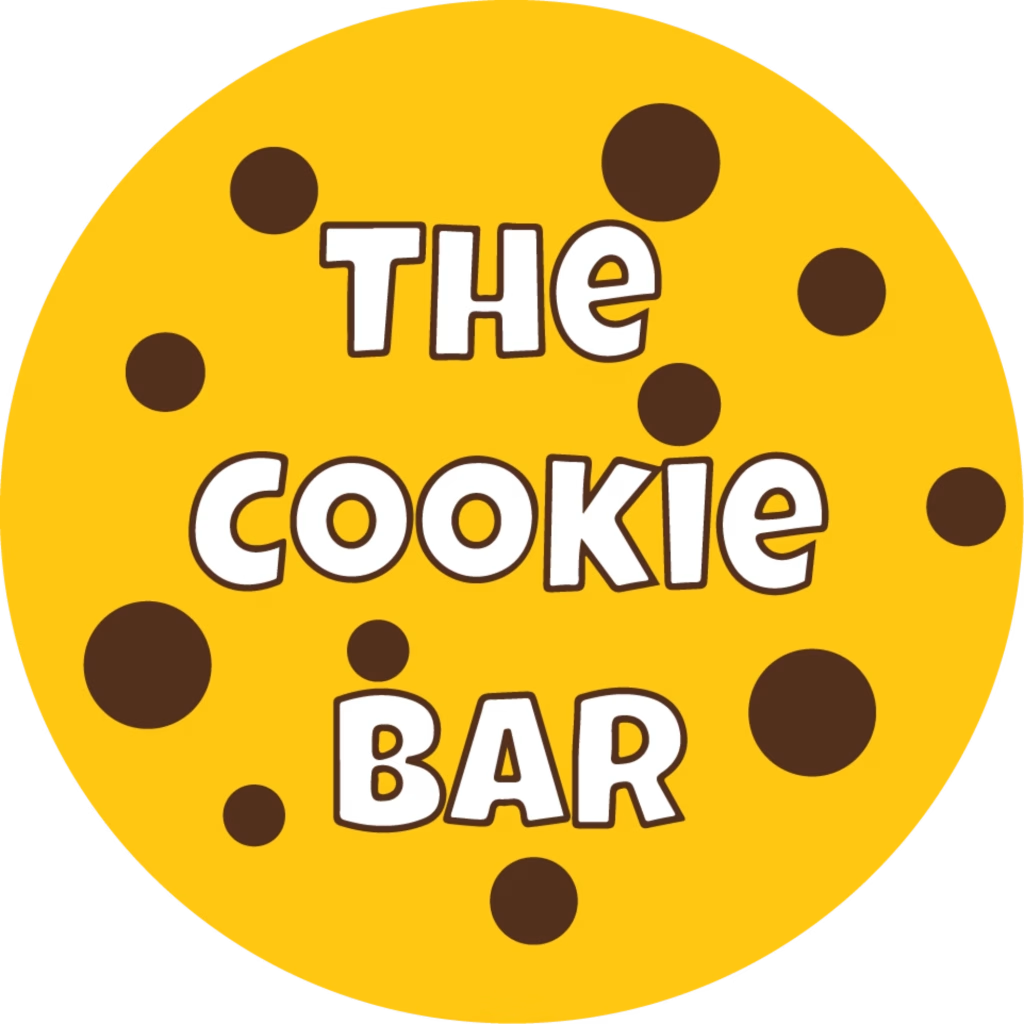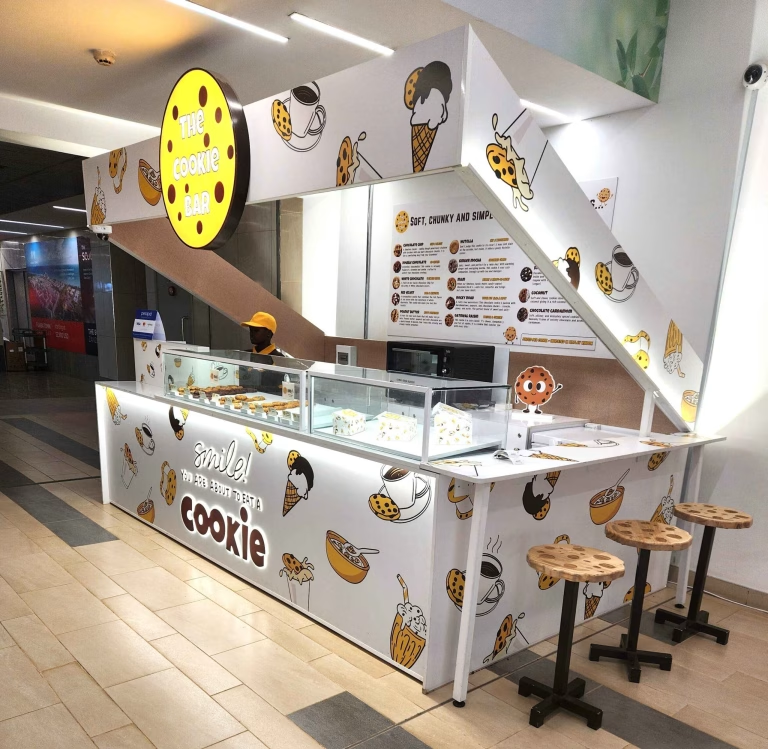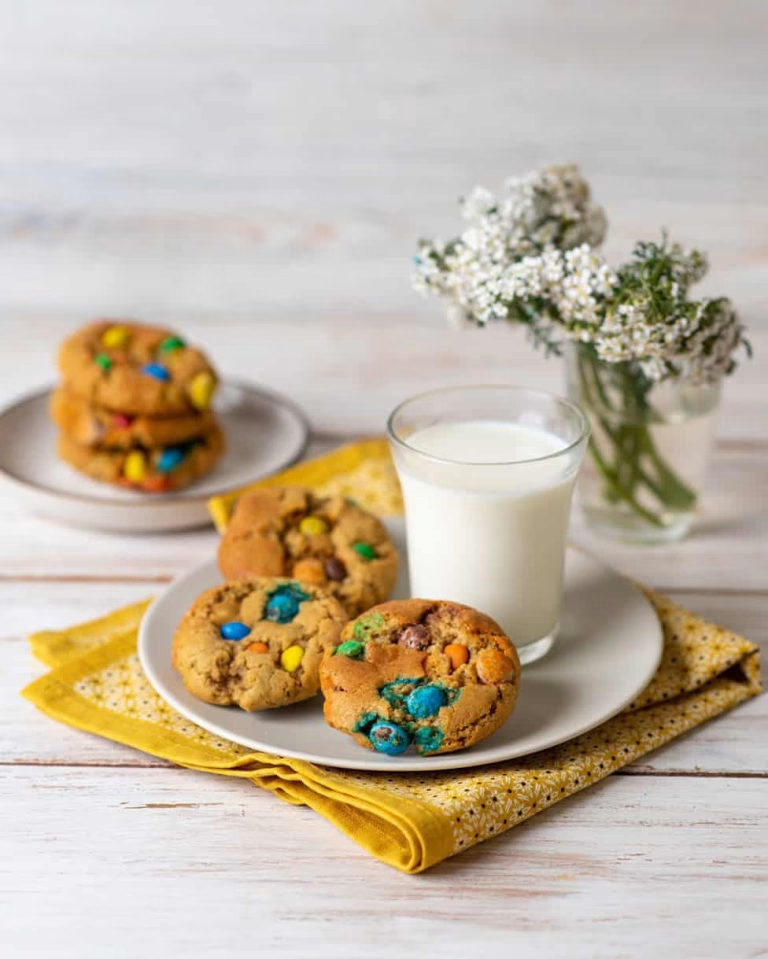Cookies Through the Decades: How Baking Trends Evolved
Celebrating cookies through the decades
From simple shortbreads in the early 1900s to the Instagram-worthy cookies of today, cookies through the decades are tiny time capsules that show how baking has continuously evolved. Cookies aren’t just sweet treats – they tell stories that reflect cultural shifts, innovation and changing consumer preferences. Understanding this evolution isn’t just history – it’s the key to crafting flavors that resonate with nostalgia and modern tastes.
For bakeries and brands like The Cookie Bar, we take a walk through cookie history to see how they became what they are today.
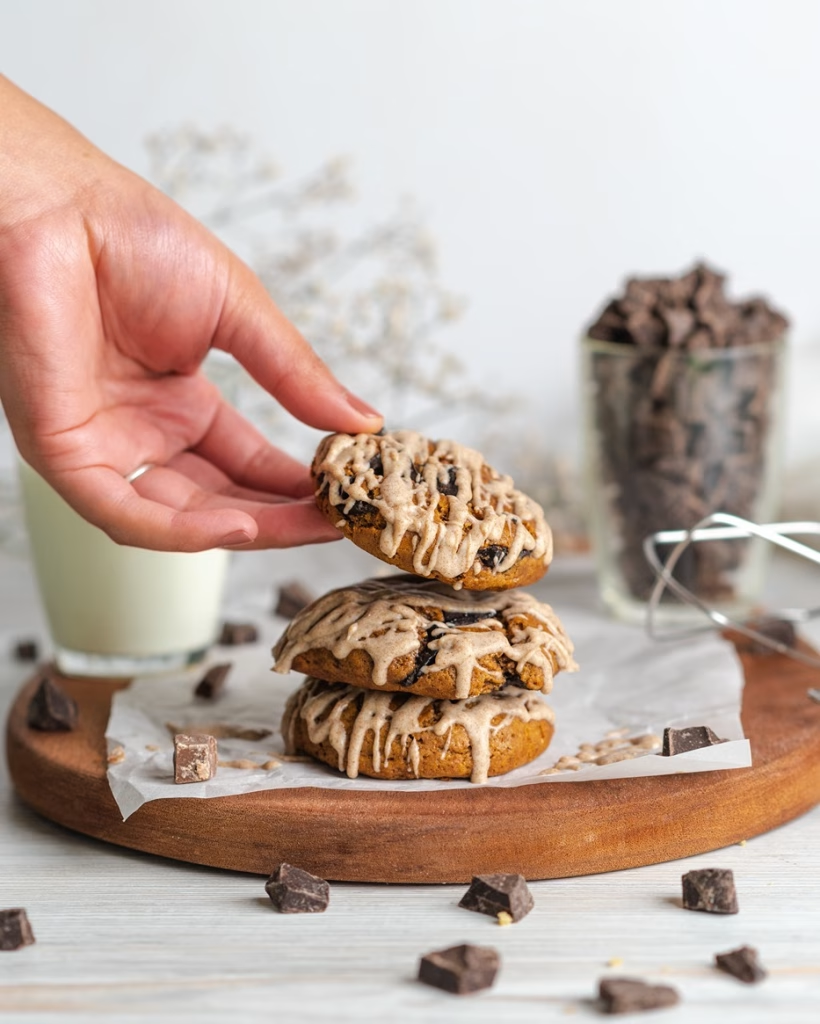

1920s -1930s: The rise of homemade favorites
The early 20th century of cookies were primarily baked at home with simple ingredients sourced locally. The most common homemade pastries were shortbread, oatmeal raisin, and gingersnaps. This was majorly influenced by:
Economy – bakers had to use affordable ingredients like oats, molasses, and flour especially during the Great Depression in the 1930s.
Culture – baking was mostly done to show the importance of family traditions and bring that home comfort during tough times.
Cookies from this era were tied to homemade indulgence without much extravagant.
1940s – 1950s: Chocolate chip cookie takes the spotlight
No cookie flavor is as universal as the chocolate chip cookie. Born accidentally in 1938 in America when Ruth Wakefield added chopped chocolate to dough, this cookie became a global icon. Its invention at the Toll House Inn in Massachusetts changed baking forever.
World War II impact – care packages in form of cookies for soldiers during the war spread the love of America’s sweet treats.
1950s prosperity – the economic growth after the war made baking cookies more common with the accessibility of home ovens and electricity.
This is an era where peanut butter cookies and sugar cookies made their names known in America’s cookie industry.
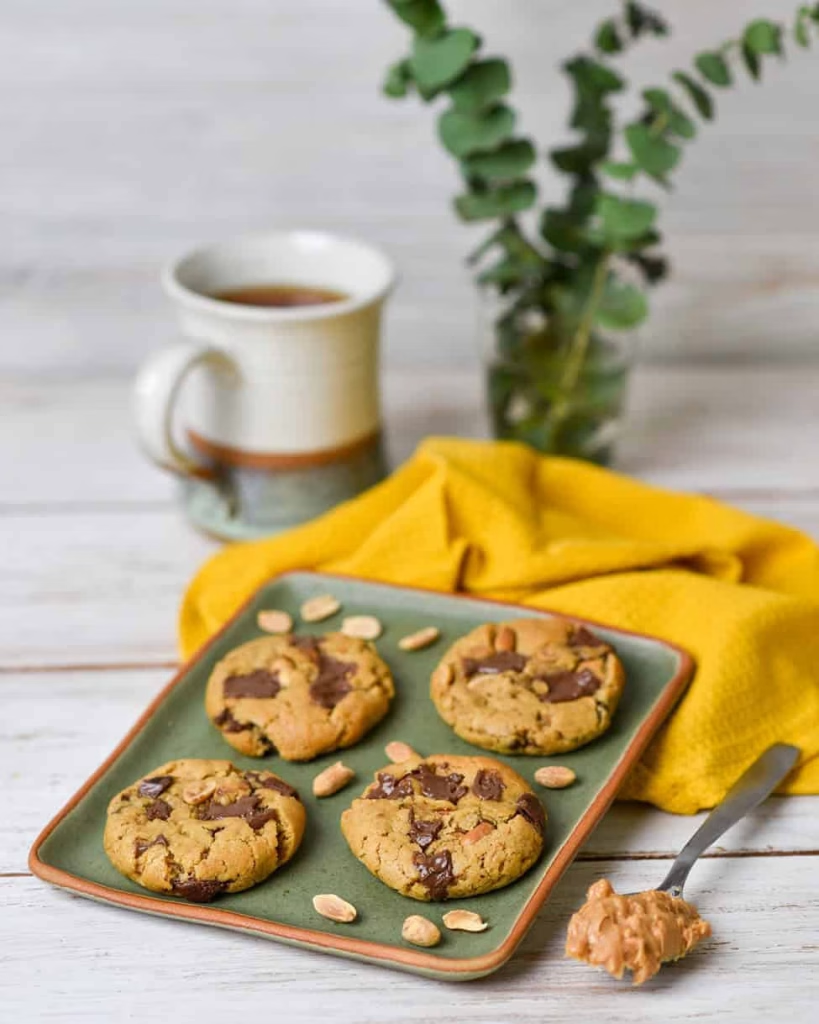

1960s – 1970s: Creative twists and convenience
Baking trends in this era leaned towards experimentation. Decorative cookies became popular for parties and holidays. The accessibility of food colorings, sprinkles, and cookie cutters cemented an era of creative twists.
Convenience culture – it was easier for households to purchase baking products like packaged cookie flour and baking mixes.
Culture – health movements around the 1970s saw an introduction of whole wheat flour and natural sweeteners for cookie recipes, a movement that led to today’s health-conscious cookies.
Cookies became both a canvas of fun for self-expression and a reflection of creativity.
1980s – 1990s: Commercial brands and era of variety
The 1980s were an indulgence period of larger, richer, and premium cookies. Cookies were filled with chocolate chunks, fudge, and nuts making them a treat to savor on. 1990s brought an era of innovation, diversity of cookie flavors.
Rise of famous brands – Mrs Fields and Famous Amos proved that cookies could be a commercial product.
Snack culture – bakeries experimented with white chocolate macadamia and double chocolate chip.
DIY baking kits – pre-measured mixes made baking an activity as much as it was a treat.
Cookies became elevated as a premium product and more personalized reflecting the growing demand for specialty cookie shops, variety, and convenience.


2000s – 2010s: Health conscious and Instagram era
The baking world saw a shift toward wellness trends in the early 2000s. 2010s social media gave cookies a spotlight and reshaped baking trends.
Gluten-free and vegan options – health conscious cookies had almond flour, coconut sugar, and dairy alternatives.
Portion control – bite-sized cookies became mainstream and the organic movement pushed bakeries to highlight ‘all-natural’ cookies.
Visual appeal – layered cookie bars, stuffed cookie, and rainbow sprinkles became viral across social media.
Local artisanal bakeries – the rise of cookie businesses offering handcrafted cookies with gourmet ingredients like The Cookie Bar.
This era solidified the idea that cookies could be indulgent, mindful, and its presentation and storytelling could make it go viral.
2020s: Innovation meets nostalgia
Today’s baking trends show a love for classic cookies.
Global flavors – innovative cookie recipes from matcha, miso, and tahini.
Nostalgic favorites – childhood memories of cereal-inspired cookies bring comfort.
Sustainability – eco-conscious approach to ethical sourcing of cookie ingredients, eco-friendly packages and plant-based recipes.
Cookies are evolving with trends and reshaping them – proving that the future of cookies is innovating and sustainable.

At The Cookie Bar, every cookie recipe is inspired by its rich history. From indulgent 1940s chocolate chip cookies to the modern gluten-free and vegan delights, cookies have shaped our cravings and creativity. Honoring tradition while embracing innovation forms part of a bigger cookie story.
Cookies through the decades reveal more than just baking trends – they tell us how society, culture, and consumer preferences have changed. The simple shortbread of the 1920s era to Instagram-worthy cookies show just how much cookies still bring people together.
As we move beyond the 2020s, cookies will remain a timeless delight, constantly reinventing themselves while staying close to our hearts.
Order your cookie today at The Cookie Bar
